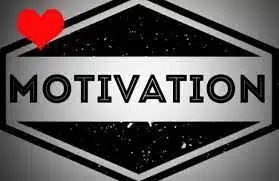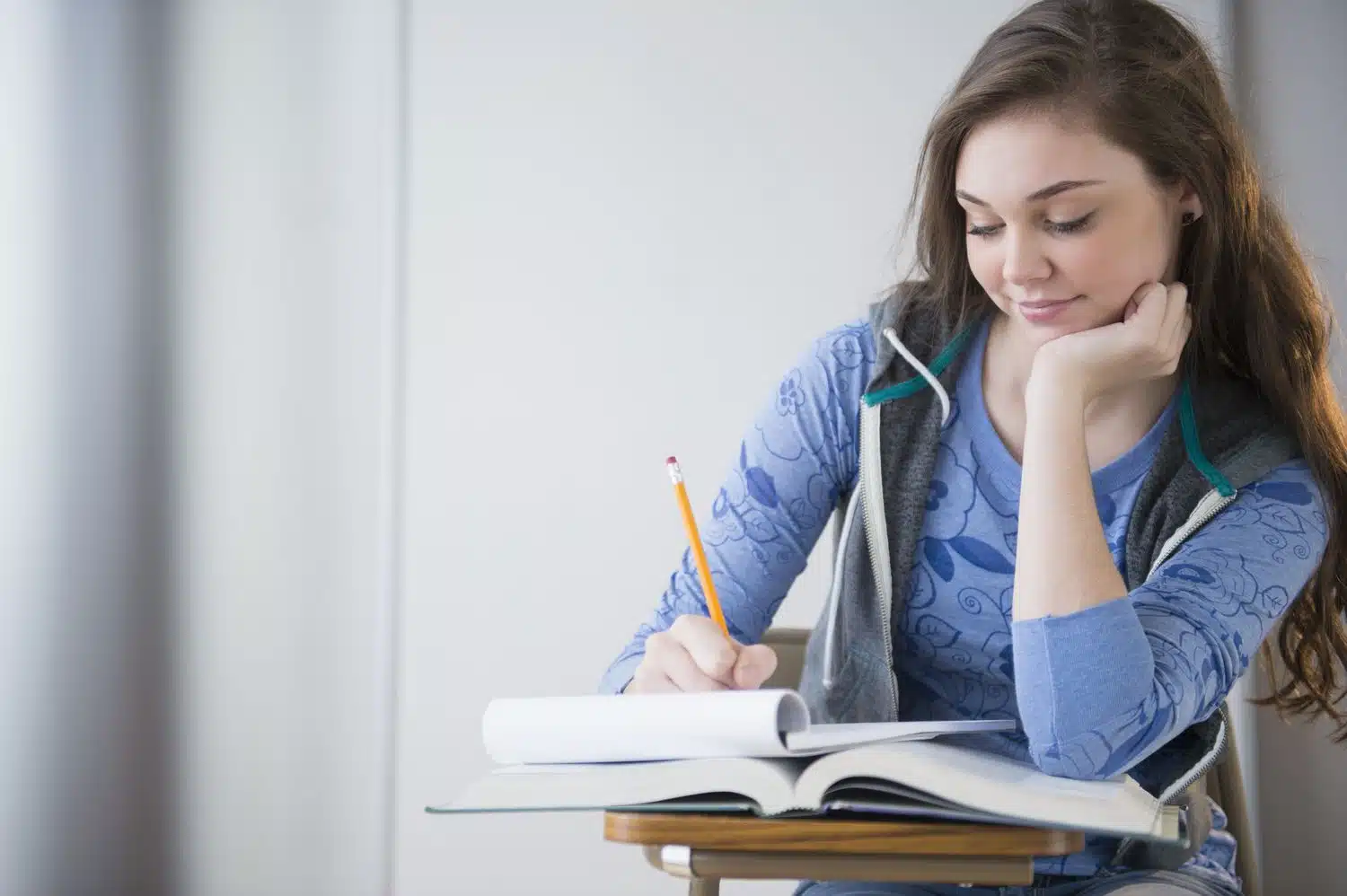Understanding of Study
Learning to study is a essential life skill. At every step of your academic progress, you’ll understand that learning becomes more independent. Nobody actually teaches us the stuff, but there’s tons of evidence from lots of studies that tell us exactly how we will study to maximize the period of time. Are there methods we will study more quickly and keep in mind longer?
There are 3 key steps of effective of learning
STEP 1. UNDERSTANDING.

Understanding is an important part of effective studying. One of the mistakes that we regularly make when studying something new is to depend on memorization. We always need to begin with understanding. Once we understand and can easily break down what we just learn to our friends; everything turns into so much easier.
Strategies to make it easier to understand
A) Energetic recall
Energetic recall means testing yourself. The Single largest factor that can improve your marks and the most important a part of understanding something we study. You can’t really study to drive by reading about driving concept. You’ve to test yourself by really putting it into practice. The same applies when taking any examination. Our mind is like a muscle; the more then the brain has to work on something the extra we’re likely to keep in mind something.
B) Taking Notes During Class
There just a few methods to make summarizing content more practical and a less passive process. Science has proven that basically handwriting notes is better than typing up notes. It helps us think slightly bit extra deeply. Students get a greater knowledge of the ideas than those who take notes using laptops because they resignedly do it. It turns into a hand-brain exercise where the teacher says something and they just type away. When taking down notes you prioritize and focus much more figuring out what key factors to hit and actually grasp the concepts lots better. Once you get home you possibly can your notes into one in every of your preferred apps and then increase on the text. My experience is that when I take notes with a laptop computer I end up with more notes which might be irrelevant than when I take notes by hand.
C) Taking notes After class
The main purpose for taking notes after class is to build energetic recall, to consolidate your understanding of the topic. At this point, you are still trying to understand all of the content better. For those who discover that you still can’t explain to a friend how a concept works use completely different sources to improve your understanding. You’ll be able to then combine your notes so that whenever you’re looking by them there is extra coherence. Make sure you have written active recall questions rather than passively reading. Once you understand something it’s lots easier to retain
STEP 2. MEMORIZING/REMEMBERING
Recalling what we’ve learned is something all of us struggle with and a natural a part of learning. Some strategies that can help us memorize
A) Spaced Repetition
This means revising what you will have studied at certain intervals of time. These intervals increase as time progresses until it’s lodged securely into your long-term memory. For example, in case you studied new language vocabularies in the present day, you’ll probably review as soon as you might be completed studying and take a step further by going by the topic the following day then move on. With spacing repetition technique you’ll be revising it after two days, then after every week, and so on until the vocabularies are absolutely embedded inside our mind. This method is successful because of the best way our brain study and also forget information, which is normal. The memories that we don’t forget are the ones we keep thinking about over and over again. This means to keep in mind something in your head you want to repeat it.
To use space repetition effectively, focus on repeating and memorizing the content that you haven’t yet learned very well. The concept is as you’re beginning to forget the information, relearn that materials and you will be able to access this data from your mind at a quicker speed. This requires organization and proper planning in advance in a calendar to assist with spacing studying.
B) Spaced Interleaving
This means mixing up your studies; alternating between different topics so that you simply study data that’s related but not too similar. It’s simply mixing up the order of matters or tasks within a subject. The technique helps in making a connection between these subjects therefore helping with long-term retention. In actual life, we’re unlikely to do one activity at a time. We’re more likely to switch between different tasks. These tasks are interrupted, switched around, and restarted. It seems when people learn a task through interleaving it takes lengthy to learn but there’s longer retention. Practicing a mixed set of skills works better. Interleaving requires extra effort to recall from long-term memory and switching allows comparisons between issues and leads to a better capability to join concepts and come up with solutions.
C) Flash Playing cards
Flashcards help you learn and memorize data quickly. They’re powerful tools that promote active recall. They’re great for memorizing facts or vocabulary fast. The concept is you will have a question within the front and in the back you’d put your notes. With flashcards, you quickly figure out what you understand and focus on what you do not know. You can take breaks and revise extra. Making a deck for yourself is good practice as it cements data in your head. There are whole collections of premade decks on the Web. We also have apps which might be effective to use for example Anki flashcard app, Quizlet, and lots of others. It’s important to note that the good ones use spaced repetition and are extra convenient.
D) Thoughts Palace Technique
A simple diagram where information is represented visually.
You can draw a mind map by hand or use apps in your laptop or phone. First, decide your major theme and put it within the center, pick up the sub-themes and radiate these out from the center. As you go along the branches of your sub-topics you possibly can include extra detail. To study effectively, map out the best way YOUR brain has processed a certain topic. Mind maps are particularly helpful for taking lots of data quickly and putting together information from totally different sources and therefore recognizing a connection from the different sources.
E) Mnemonics
They’re generally memory methods. Mnemonics offers you a method to set up data, store it, and recall it. The most common memorization are acronyms where you’re taking the beginning letter of a word in a sentence or a phrase and put it together to create a new word. Our brains are good at remembering the repetition of those poems, songs, and phrases. You can apply them in specific settings that you simply discover to be effective. You can also create a vivid picture and associate one thing with another to assist you to keep in mind.
Step 3. Motivation

Motivation is your drive to do something. To work, run, or study, and so on. You’re more likely to do one in every of these activities when on a high level of motivation. If you’re de-motivated to do something, then it takes slightly longer to begin. Motivation can be seen as your fuel. With no fuel, you’ll stop driving. I’ve found that when I keep referring to why I’m learning I build the self-discipline to a constant study routine and it keeps me motivated. Some techniques , students can use to inspire themselves to study.










